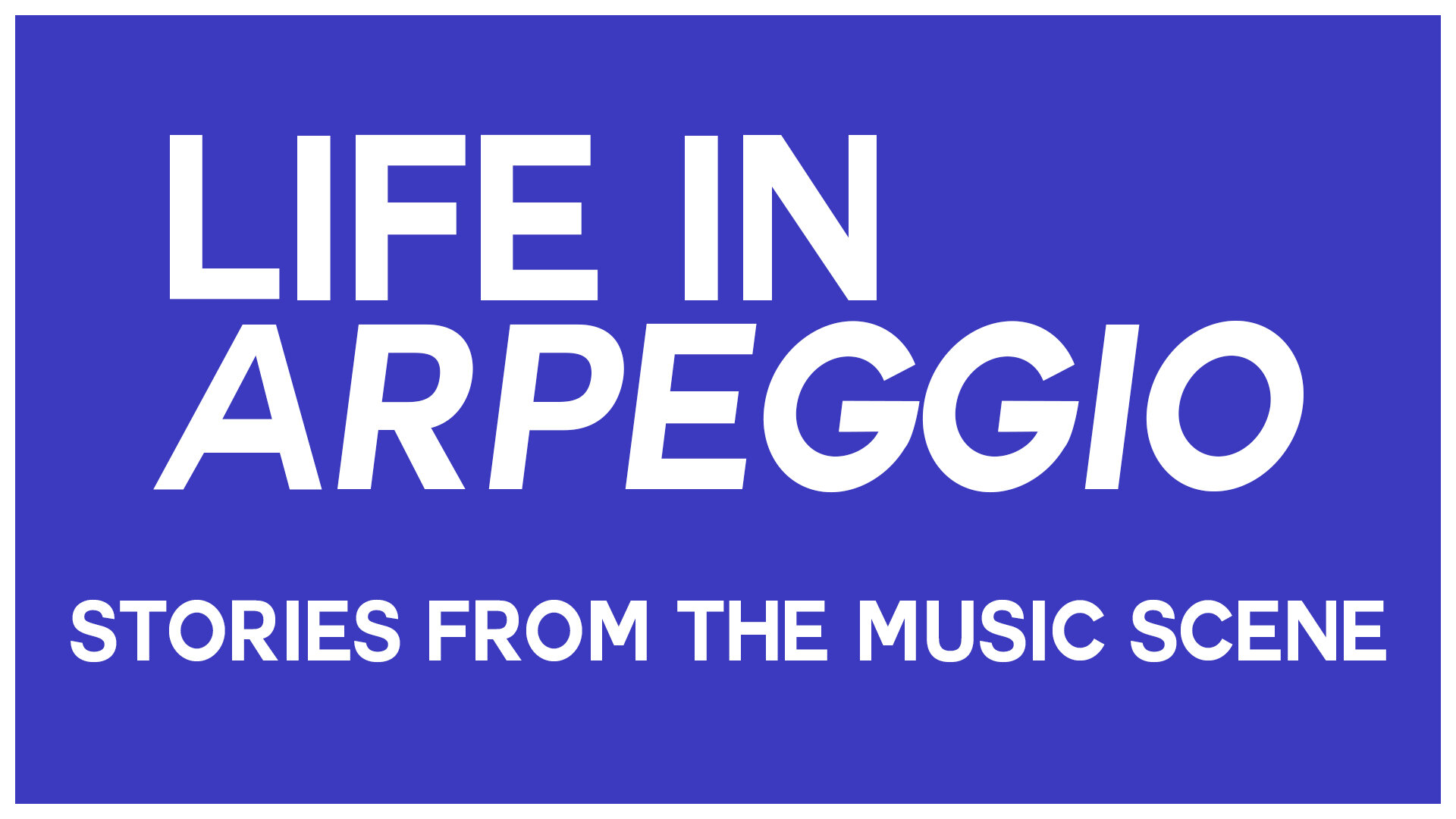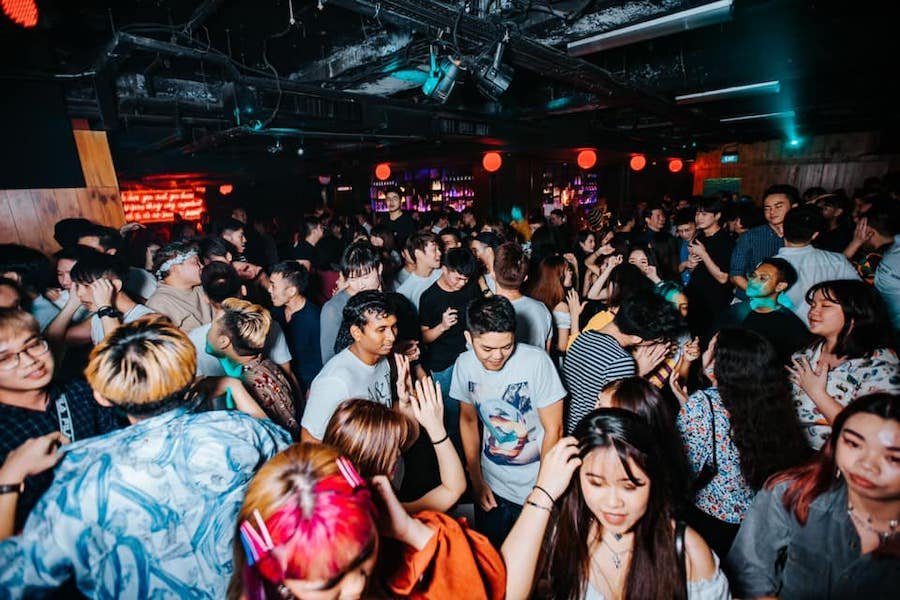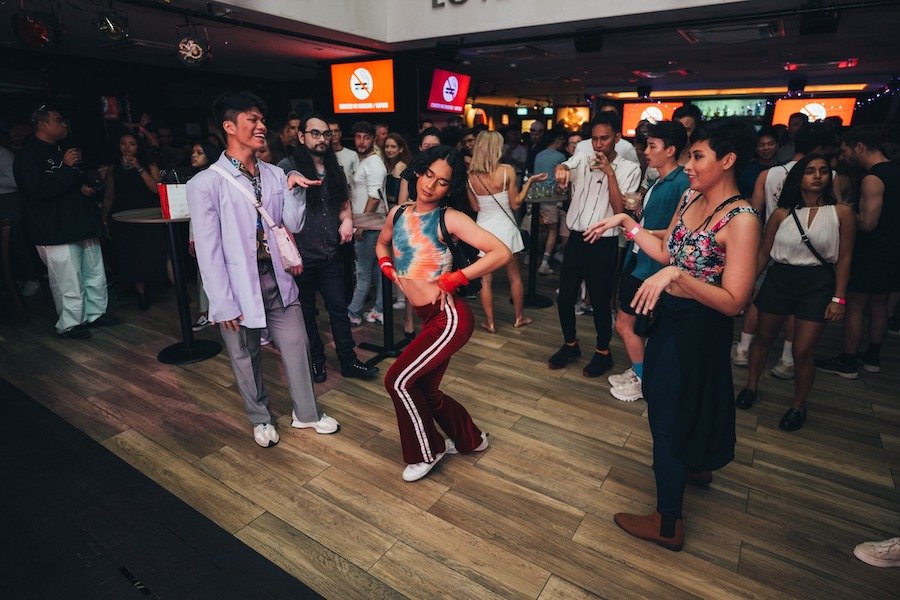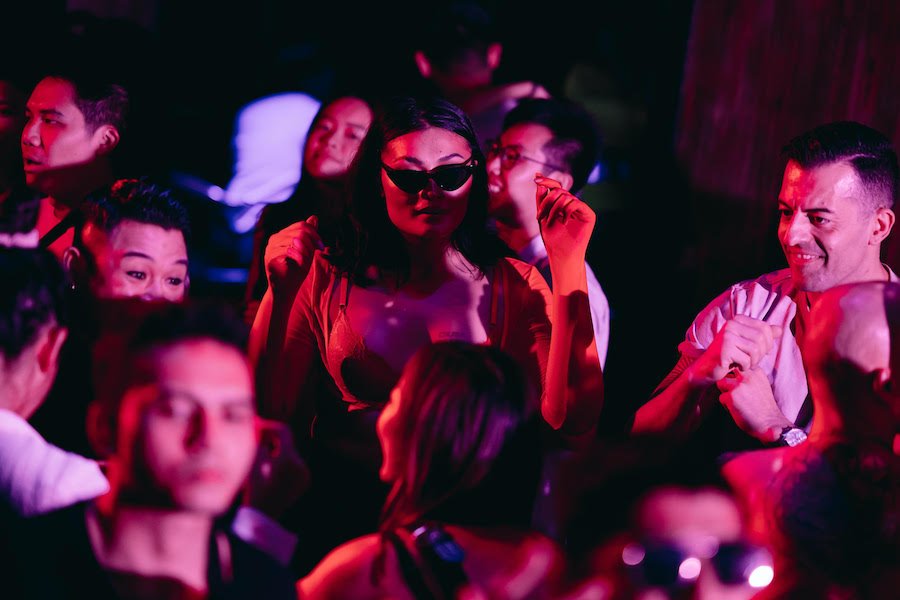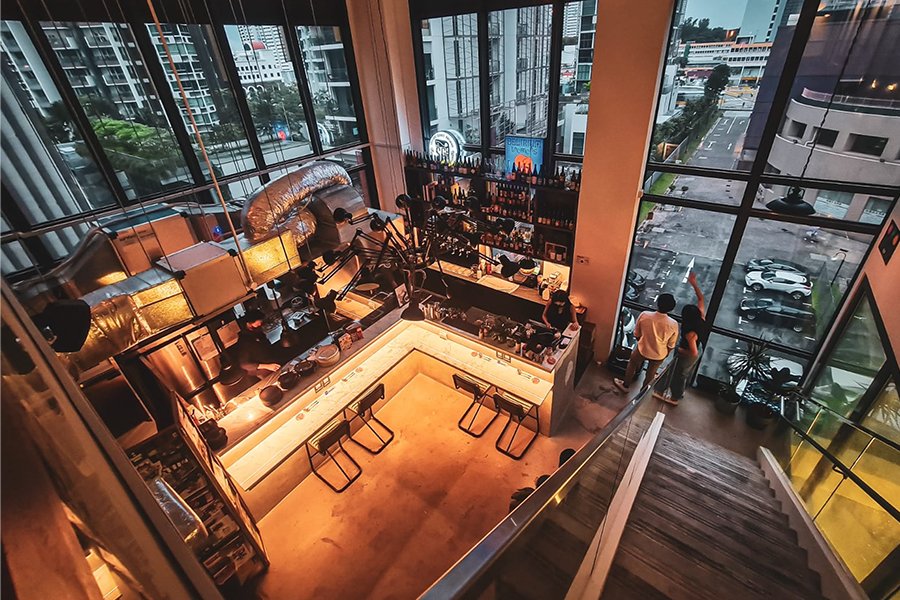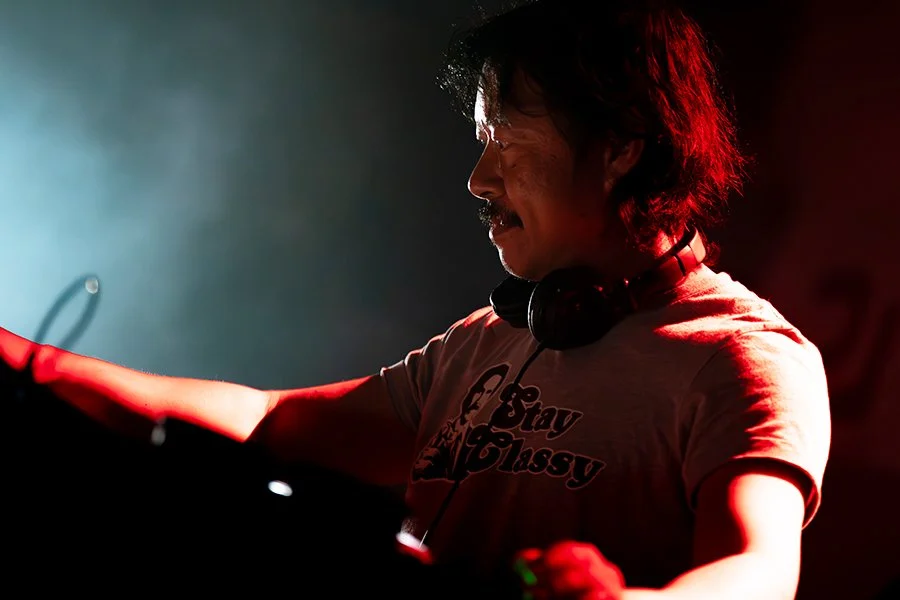Shining A Light On Local Queer Parties: Making Dancefloors Safe For LGBTQ+ Communities
Dance music was born from the credo of inclusivity (Credit: BABY BOY PARTY)
For the forgotten children of society, the dancefloor has always been an immovable temple. Dance music might have gained steady mainstream credence over the past few decades, but its roots and core remain fundamentally within society’s marginalised. The genres synonymous to modern club culture are undeniably queer in their origins – as echoed across the open plains of social media, “gay black men created house music”. Globally, there has been a movement to reclaim the dancefloor’s queer heritage, and championing the ideal of universal inclusivity that was its cultural cornerstone.
But what of Singapore? In this feature, we shine a light on Singapore’s queer collectives navigating the waters of a society still wrought with heteronormative ideals, reeling fresh from the recent half-victory repeal of Section 377A.
How well do you know your dance music history? (Credit: Candyshop)
A brief queer history of dance music
“Queer black communities were the pioneers of dance music and nightlife.” Bobby Luo, local queer nightlife veteran and the mind behind MISMATCH and its spinoff BABY BOY PARTY, explains.
Tracing the foundations of modern dance music would be impossible without encountering the colourful hedonism of Chicago’s underground music scene in the late 1970s and early 1980s. Figures like Frankie Knuckles, Larry Levan and Ron Hardy, all of whom queer and black, were key commandants of the city’s dance floors as disco was eventually ‘declared dead’. In its place were grooves veiled with new the electronicism of drum machines and synths, a genre that came to be named after the fabled ‘Warehouse’ Club that was its birthplace – house. Nonetheless, what Knuckles, Levan and other key figures inherited from the genre’s predecessor was a dancefloor tradition of self-expression, liberation and freedom that were a medicine for urban America’s gay communities.
Beyond just sonically reshaping what was defined as ‘dance music’, house’s origin story evokes a far deeper significance – of the club, the party, the rave, the dancefloor, as an institution synonymous to a safe space. One where social forces galvanised and souls could be bared uninhibited. Here, the kaleidoscopic explosion of energies meant pushing musical boundaries was simply a natural conclusion.
The story of LGBTQ+ parties in Singapore has evolved over the decades (Credit: Candyshop)
“Queer parties… are not just a party… That feeling of liberation where you feel so safe that you can dance and groove and still be your most authentic self. That is what makes queer parties not just memorable but so much more meaningful and necessary for many to feel included and recognised.” – Ridzuan Azmi (Club Kiki)
Re-queering Singapore’s dancefloors
Unlike the West, where dance music and club culture radiated from queer peripheries before penetrating the mainstream, the Singapore story rings slightly different. In the 1970s and 1980s, gay-friendly bars and clubs catered mainly to the English-educated and expats, who preferred the more comfortable settings as opposed to the open-air cruising grounds and saunas that were more popular amongst the general gay community. Rather than DJs, the music was usually live, spanning from rock to even classical. Nightlife then was generally repudiated on moral grounds by the government, which warned against the wanton excesses of popular Western influences.
Only as global club culture really took off in the 1990s did Singapore see the rise of local venues such as Zouk, Attica and the Butter Factory and in tandem, the growth of gay dance nights (usually Sundays) at places like Boom Boom Room and Venom. Pivotal gay establishments such as Taboo, Play, Sugar and Dorothy’s would also provide spaces for queer individuals in finding their communities. Fast forward to today, we now see a thriving oasis of queer parties on the island, with each organiser seeking to bring something new to an increasingly colourful landscape.
The dancefloor has always been a sanctum for self-expression (Credit: YUM YUM DISCO DONG)
At its core however, all are aligned with the same mission – to provide refuge for Singapore’s queer folk in a society in which they still struggle to find widespread acceptance.
“(Gay clubs are) a place where people of all races could meet and dance, fall in love, and peacefully be without fear… they were an escape.” – Bobby Luo (MISMATCH)
Ridzuan Azmi, founder of tech-house party collective Club Kiki, was prompted to start his own events because of the harassment and fights he often got into at various nightlife venues because he was queer, and wanted to prevent similar experiences on nights-out for others in the community.
The revival of parties in Singapore has brought back the emergence of LGBTQ+ party collectives (Credit: Club Kiki)
Similarly, LGBTQ+ nights organiser Candyshop also began as a way to host parties for its founders and friends to “have fun while feeling safe”. These are moves a la a more global shift to reclaim dance music’s queer POC roots – its heritage being increasingly acknowledged, and a re-convergence of various musical lineages that had meandered into the commercial mainstream back into the queer canon.
Uncharting charted territory
While queer parties of yesteryear would have been soundtracked to very specific sounds and genres, the recent decade has seen party throwers spurning the sonic boundaries typically associated with ‘gay events’.
Sensing a gap in club nights that catered to queer audiences seeking an alternative to the heavily dominant circuit parties of the 2000s, house night MISMATCH was spawned in 2010, which sought to recapture the genre’s unifying power for the gay community. Founder Bobby Luo tells me, “For MISMATCH, it has always been all kinds of house music. We started with electroclash and went through many genres… the past few years since pre-pandemic, the musical vibe has been vogue beats, c*nty house and fierce b*tch trax.”
What’s your fierce anthem? (Credit: MISMATCH)
“House created a safe space outside of the mainstream, or more precisely, it soundtracked a space. A place where people of all races could meet and dance, fall in love, and peacefully be without fear. Gay clubs have always been a place to seek refuge. They were an escape.” – Bobby Luo (MISMATCH)
Originally hosted at the now-closed stalwart venue Butter Factory, MISMATCH has since taken on a pop-up format with spin-offs YUM YUM DISCO DONG (disco) and BABY BOY PARTY (hip-hop, R&B), both seeking to offer alternatives to a queer “nightlife industry that was still dominated by circuit, EDM and handbag music”.
From Gaga to Green Velvet, the spectrum of LGBTQ+ music stretches far and wide (Credit: MISMATCH)
In a similar vein, the popular sounds of Candyshop’s parties also seek to challenge the typical musical prescriptions for queer parties. “In the past, I definitely think there was a distinction [between what was meant for queer and straight settings]… for example Lady Gaga’s songs were usually [popular amongst] the gays. But nowadays if you come to Candyshop you will realise that the music has a very good mix of Gaga, Eilish, Lorde, Kanye, Bieber and even Linkin Park,” says founder Jasper Goh.
Bureaucracy, stereotypes and homophobia: navigating choppy waters
As the recent wrangling experience of the COVID-19 pandemic and the harsh government restrictions it brought has shown, operating as a nightlife entity in Singapore has never been easy. For queer party crews however, ‘jumping through hoops’ seems an understatement to the challenges they face even as we move (hopefully) into a post-pandemic world.
Queerness in Singapore has always been met with ambiguous tolerance; one need look no further than the recent 377A repeal announcement, which came in tandem with government efforts to amend the constitution in protecting the definition of marriage as between ‘man and woman’. Delving deeper into the queer history books, many in the community still remember the frequent gay club raids of the 1990s, such as the Rascals Incident (now dubbed Singapore’s Stonewall) in which the discotheque was raided on one of its gay Sunday nights by plain-clothes police officers, where many patrons were unconstitutionally detained without their ID cards.
The challenges still persist today (Credit: BABY BOY PARTY)
While the situation is nowhere near as dire today, homophobia, whether silent or spoken, still permeates. For the roving queer collectives with no permanent establishment to call home, finding physical spaces to host their vision remains a fundamental hurdle. “We've encountered event spaces/clubs that are afraid their customers will refer to them as 'the gay club',” Jasper (Candyshop) tells me. “We've also suffered losses when a resort in Bintan told us ' nothing gay can be in your marketing' after having offered to collaborate for a gay event there.”
“Queer promoters/events are often seen as a secondary revenue stream, and not given much priority.” - Bobby Luo (MISMATCH)
There are struggles even within the LGBTQ+ party community itself (Credit: Club Kiki)
As pop-up parties becoming increasingly popular in Singapore’s night-out culture, there is also a sense of stiffening competition in securing venues, especially for prime weekend nights. Ridzuan (Club Kiki) however chooses to see the bright side of things, “I do not mind [it being difficult to get a venue for Fridays or Saturdays] at ALL. Sundays have always been ‘The Gay Night’ in Singapore and I would love that scene back.”
Bold way-making has always faced resistance from the diehards of the status quo. The entities I spoke to seek not just to challenge societal attitudes towards queer peoples at large, but push local LGBTQ+ communities to break down the self-categorisations they have placed themselves into, whether willingly or unwillingly. “With alternative queer music, we are a niche within a niche,” Bobby (MISMATCH) says. “This was even more challenging with hip-hop and R&B music within the queer community. I remember when we first started BABY BOY. Some queers would literally go, ‘Errrrr. Not my thing. I'm too gay for that.’ But now, it’s gone the other way round."
The rainbow road ahead looks luminous (Credit: BABY BOY PARTY)
Towards more rainbow-hued pastures
It’s a brave thing to confront the realities of navigating a heteronormative world, all the more so in a society that has barely come to terms with accepting the non-Cishet segments of its population. Nonetheless, in spite of the numerous hurdles faced, Singapore’s queer collectives continue to soldier on. The post-pandemic renaissance has seen the blossoming of fresh dynamisms within the local nightscape, and those of rainbow hue are no exception.
New parties on the block are riding the momentum alongside pre-pandemic favourites, all with big dreams of what is to come next. Genre-bending, boundary-shifting and developing permanency are all on the cards for the local queer party, which continues to evolve in its conception. Seeking to define a ‘queer party’ is a direct articulation of asking what it means to be queer, though in itself seems a futile question – for the answer has always been simple to those at the heart of the scene. As Club Kiki’s motto rings proudly: “We do not exclude, we include”.
(Credit: YUM YUM DISCO DONG)
You can follow all aforementioned LGBTQ+ party collectives on their social media channels by clicking on the respective links: MISMATCH, BABY BOY PARTY, Club Kiki, Candyshop, YUM YUM DISCO DONG.
This guest feature was written by Hannah Chia.
Hannah Chia is a contributor for Life in Arpeggio. Having spent the last few years away from Singapore and functioning society (*cough* pandemic *cough*), she finds fascination in viewing the vibrant undercurrents of Singapore's music scene through fresh eyes. Classically-trained, jazz-inspired, and electronically-intrigued. You can find Hannah peddling wax at The Analog Vault, freeform noodling on the keys, or on a rabbit-hole adventure into the deepest realms of "wait, this genre exists?". You can listen to her patchworking sounds here.
